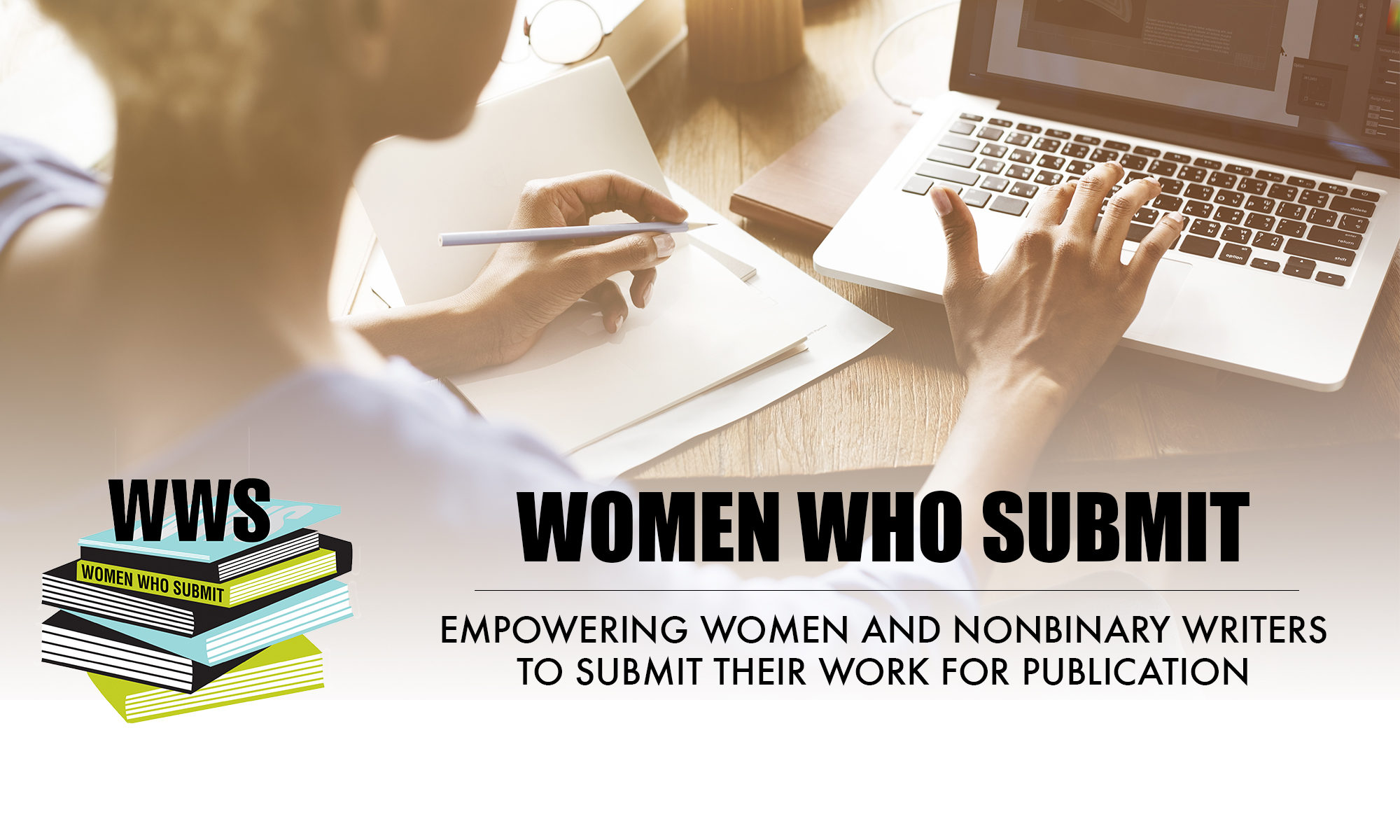By Laura Sturza
While I have never birthed a human baby, I often benefit from the practices taught in birthing classes, the ones name-checked in this column—breathe, push. I spend much of my time pushing to be seen, heard, known, read, welcomed, held. I breathe between pushes, sometimes because I’m about to pass out.
Among the things that have carried me through my pushes to write, publish, read, support other writers, and teach—has been the support of having an action buddy (aka action partner). We’re both goal-oriented people, full of visions and the chops to carry them out. It happens with greater ease by having a consistent partner who serves as a reminder of our progress.

Even though I have a spouse and other friends who know a lot about what I do, a daily check-in with my action buddy means having a thoughtful witness to the details of my day-to-day actions and intentions. Meanwhile, I get to see her process, victories, challenges, and moments when she needs to catch her breathe. We listen deeply, ask if the other needs particular support.
The pandemic meant that most of us weren’t out in the world as much. It was easy to feel invisible. Yet each day, I’ve had someone watching out for me while I’m watching out for her. Our partnership helps me make mindful choices about activities concerning my writing goals, along with seemingly unrelated (yet related) tasks like hanging blackout curtains, which help me sleep better. Self-care is a recurring theme.
We correspond via email, often starting with a short check-in like “Spouse overfed the cat again. I’m furious.” or “Had a shitty night’s sleep, but hopeful anyway.”
Then, two lists. The first is the day’s action plan. I do mine in bullet points, which are so tidy and filled with hope the items will magically get completed.
- eat to support well-being
- breathe, rest, take breaks
- savor my teaching success
- welcome health joy, yes, peace
- meditation/prayer
- type up notes to students and email them
- brainstorm new story pitch
- read
- yoga
- avoid multitasking
- date with stepdaughter and her fiancé on Zoom
- lights out at 10:15
Even the items that aren’t completed are considered achievements. They mean we weren’t only pushing. We were breathing too.
The second list celebrates what went well the day before:
Gratitudes:
- ate to support well-being
- health
- Mom got her hair done
- amazing first class, teaching!
- lady at Starbucks
- Tom, Zari
- handled issue at Mom’s place with grace
- took breaks
- morning walk
- the last episode of Insecure
- progress on writing projects
Beyond corresponding with one another, we talk by phone at least once a week to enjoy a more directly interactive exchange.
I’ve had many action buddies over the years as schedules and priorities have changed, and I’ve found them through writing groups and other social circles. We’ve had commonalities and differences, which has worked well in having someone who introduces me to new ideas and approaches.
Finally, my action buddy isn’t the only person who supports my writing and other visions. I rely on a team approach, reaching out to people when taking harder actions with texts like “hitting send on my latest story.” I also attend the WWS Saturday check-ins and stay current on our Rejection Brag.
However, having that one consistent person has been among the ways I’ve found stability, especially during the shaky nature of the past couple of years. We serve as birthing coaches, reminding one another when to breathe, when to push.

Laura Sturza’s writing is in The Washington Post, The LA Times, AARP’s The Girlfriend, Hippocampus, and Lunch Ticket, among others. She is completing her memoir, How I Got Married After 50 for the First Time. Laura wrote, produced, and starred in the one-woman show, Finding the Perfect Place to Live in 111 Gyrations. She recently started teaching writing to older adults. Laura lived in L.A. for 20 years and is now in Rockville, Maryland. laurasturza.com













